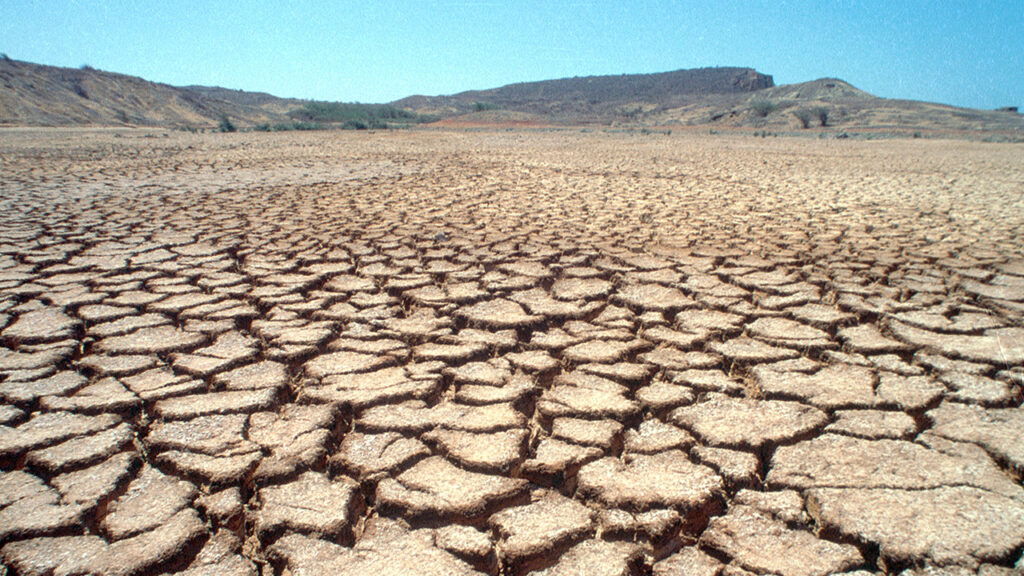A group of 59 researchers and experts from 18 units of the UNAM10 universities and research centers in Mexico and from abroad prepared the report Status and outlook for climate change in Mexico: a starting pointin which they highlight the urgency of taking measures for the adaptation and mitigation of this phenomenon.
The document published by the National Autonomous University of Mexico is an effort coordinated by the Climate Change Research Program (PINCC) and the Institute of Atmospheric Sciences and Climate Change (ICAyCC) which summarizes some of the studies conducted to date and incorporates new research to address some key information gaps about climate change in Mexico.
The studies are grouped into four themes:
- Aspects of climate change and variability
- Impacts on different natural and human systems
- Greenhouse Gas Emissions (GHG)
- Mitigation strategies.
You may be interested in: We have just had the three hottest months ever recorded on Earth.
The research addresses the current and future implications of the phenomenon on central aspects of the country's development, such as agriculture, biodiversity, water, health, energy and the economy.
"The analyses presented underscore the urgent need to build strategies and policies aimed at adaptation, mitigation and transformation of our climatic and social realities," highlights Dr. William H. Lee Alardín, coordinator of the research.
Temperature increase
The report states that the average air temperature in Mexico has increased by about 1.69°C with respect to the beginning of the 20th century. And while the global temperature has increased at a rate of 1.90°C per century, in Mexico, the rate of increase is 2.88°C.
Although in general, during the period 1975-2021, the country showed warming rates of 2°C to 4°C per century in a large part of its territory, in the northern part of the country it reached values above 6°C and close to 5°C in the southeast region, he adds.
"It is expected that, over the coming decades, warming will continue to be faster in Mexico compared to the global average," the document states.
We recommend: IMTA develops model that seeks to help mitigate water risks
The research underlines that the heating observed in Mexico is due to the increase in atmospheric concentrations of greenhouse gases (GHG) produced since the industrial revolution.
The four scenarios according to GHG emissions
The report highlights that under a trajectory of very high GHG emissions (SSP585), the average annual air temperature in Mexico could increase by about 6°C by the end of this century with respect to the 1986-2005 period.
Under a scenario of GHG emissions similar to current trends without significant international mitigation efforts (SSP370), this increase could exceed 5°C by 2100.
While a scenario in which commitments would be strictly adhered to expressed by the countries participating in the Nationally Determined Contributions (CDN) similar to SSP245, the average annual temperature in Mexico could be limited to 3°C with respect to the 1986-2005 period.
Y if the goals expressed in the Paris Agreement were to be achieved (SSP126), the average temperature in Mexico could stabilize at around 2°C by the end of this century, it indicates.
You can read: We have already crossed 6 of the 9 planetary boundaries, warn scientists
The report warns of a great uncertainty in the precipitation projectionsemissions, with reductions in the annual average for the country in scenarios with high GHG emissions.
"The high GHG emissions scenarios (SSP585 and SSP370) would imply a (rainfall) reduction of about 15% by the end of the century and 8% by mid-century," he says.
Simulations of climate models suggest that the country could face drier and much warmer conditions during this century.with very heterogeneous projected changes in space and between seasons, which in scenarios of high GHG emissions and for long time horizons tend to be accentuated, he says.
"Under a scenario of high greenhouse gas emissions, significant negative effects are expected on agricultural production, human health, biodiversity, cities, energy, as well as considerable increases in the frequency and magnitude of extreme events and associated damages," the research states.
The economic losses accumulated during this century is estimated to be equivalent to losing several times today the National GDP The current situation and impacts would have long-lasting and differentiated effects among the various social sectors and regions of the country, leading to an increase in inequality and making it difficult to achieve the goals of poverty reduction and sustainable development.
When submitting the report, Jorge Zavala HidalgoThe director of the ICAyCC, emphasized that we are facing an emergency situation that requires informed and rapid responses.
He considered that despite this institutional effort, federal support for scientific research is essential.
He clarified that this report is a work in progress that will culminate in a national assessment report to be published in late 2024 or early 2025, with broad participation of academics and national experts.
Source: UNAM


